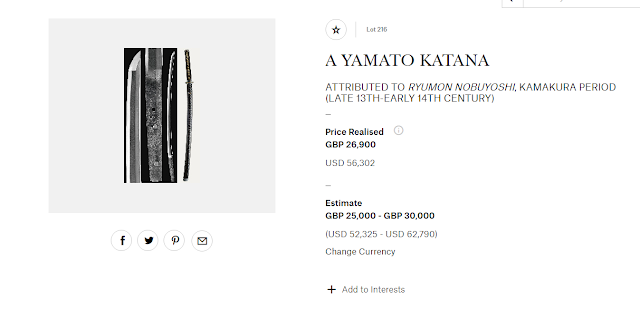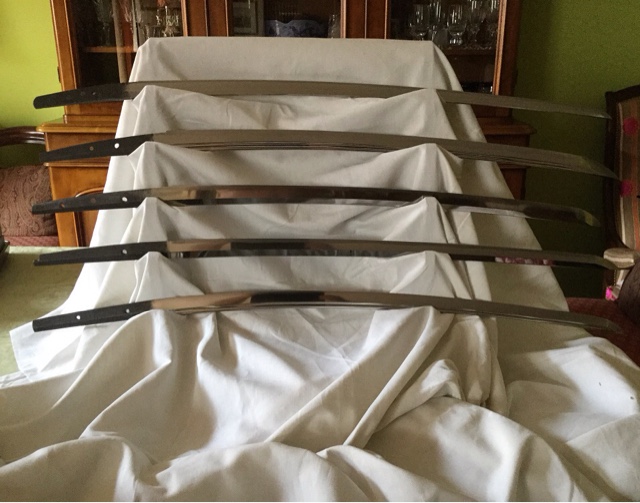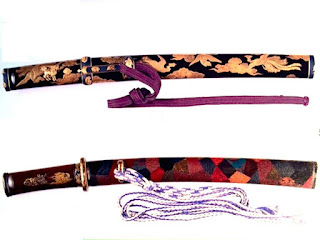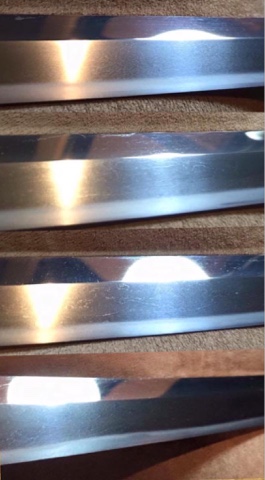Interesting article to share. Source: http://wsimag.com/art/18008-sword-as-art “The sword is the soul. Study the soul to know the sword. Evil mind, evil sword.” - From the 1966 film, Sword of Doom In the 1966 Japanese classic film Sword of Doom (Daibousatsu to Age), Kihachi Okamoto‘s adaptation of Kaizan Nakazato‘s serialized novel, the merciless samurai Ryunosuke Tsukue was a rage-filled swordsman who used his blood-drenched sword to slash one character after the other, void of utter emotion or compromise. The stiff coldness and frenzy torment that accompanied his unbeatable sword fighting skill had inevitably given the sword a parallelism to war, evil and revenge. Countless “samurai” movies: Seven Samurai, Yojimbo, Ran, Rashomon, Kagemusha, Samurai I: Musashi Miyamoto, and more, have by their own distinct styles, portrayed the sword as a vengeful weapon. Yet, notwithstanding the manifestation of anger or fiery often associated with the sword, the deeply etched lin








